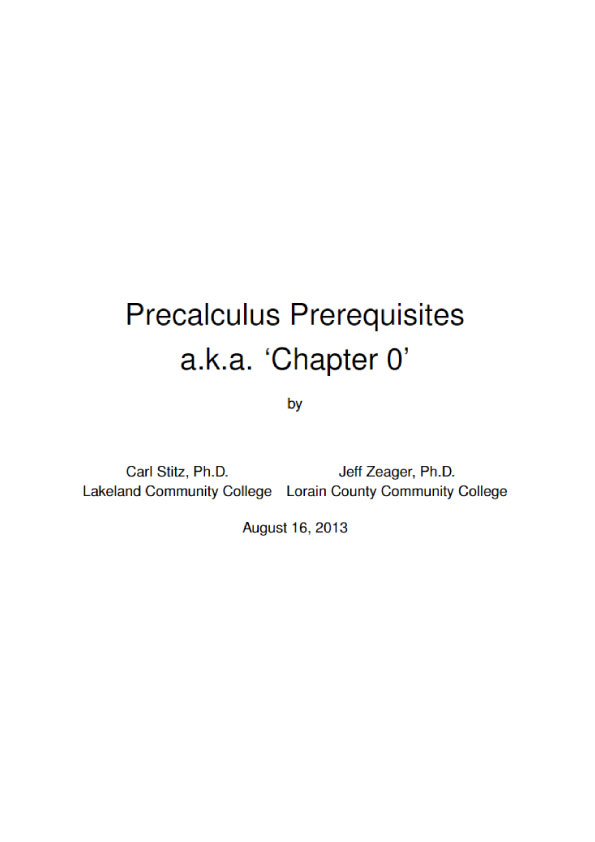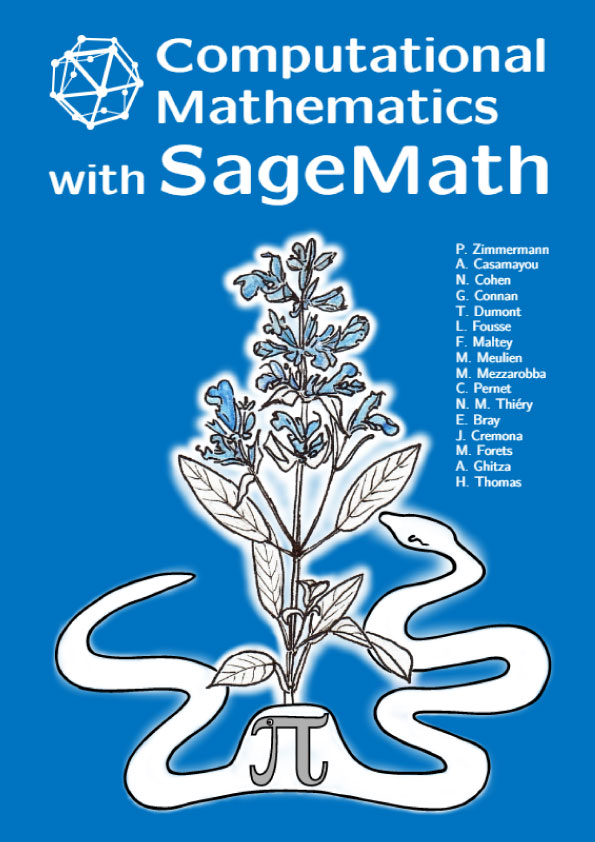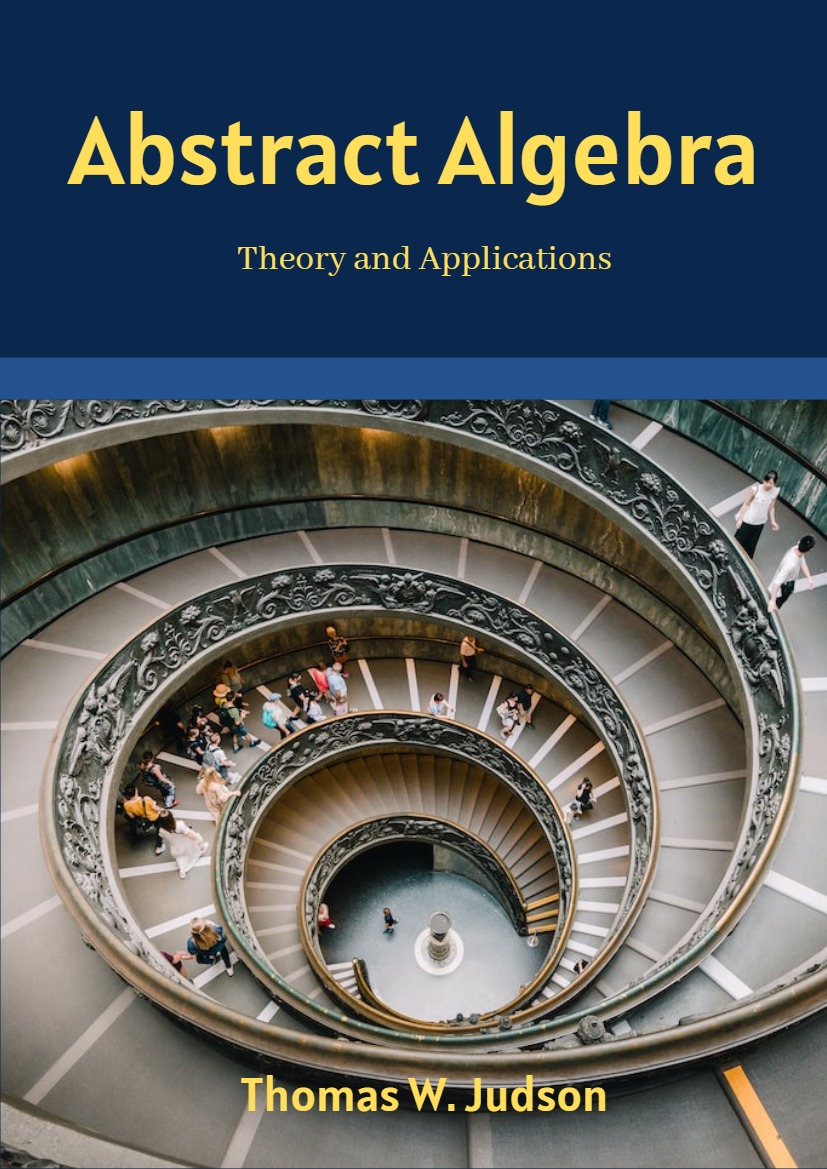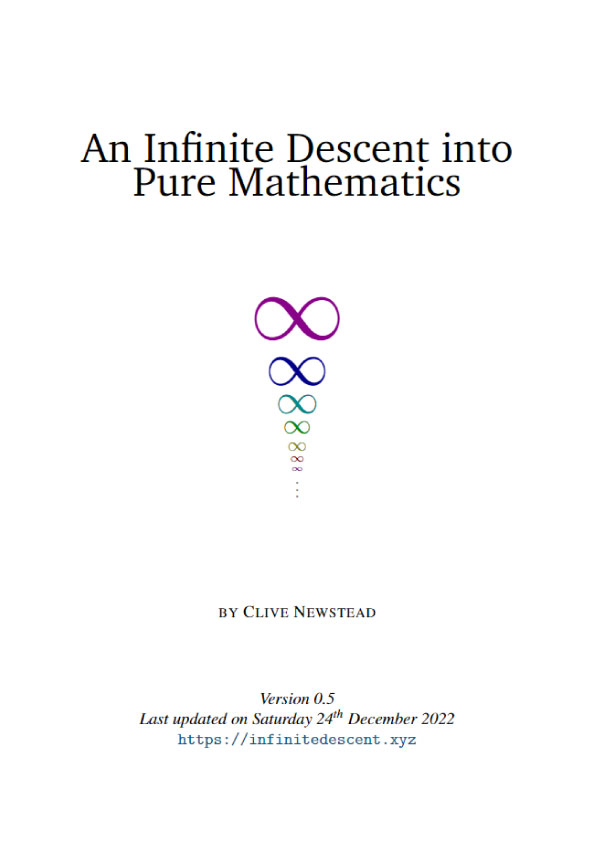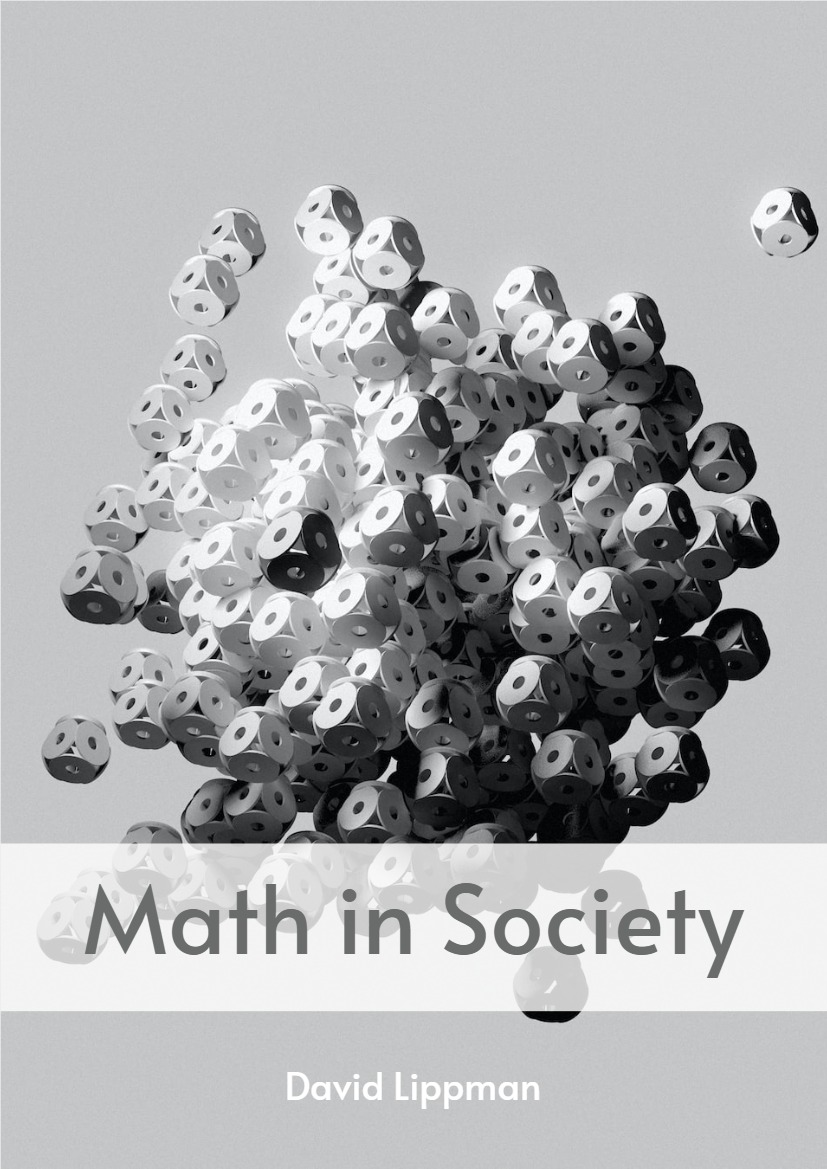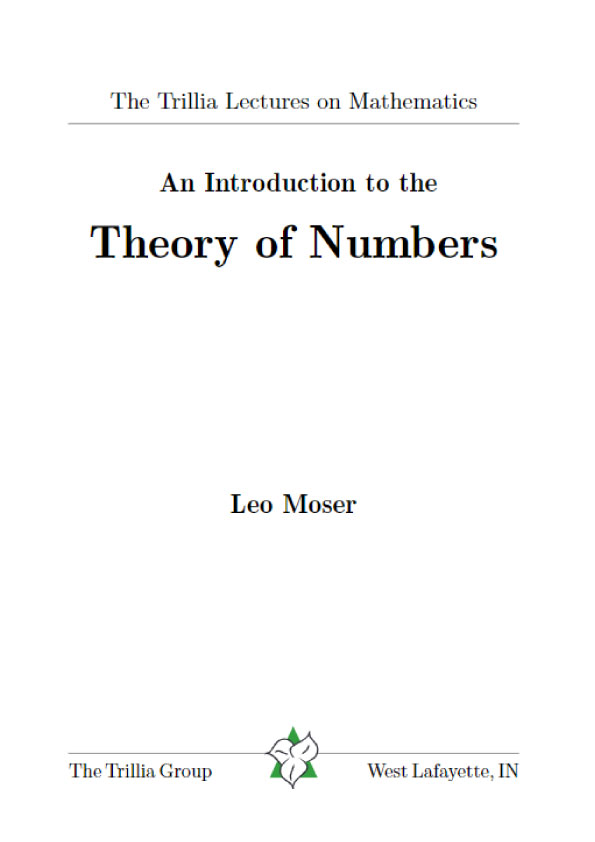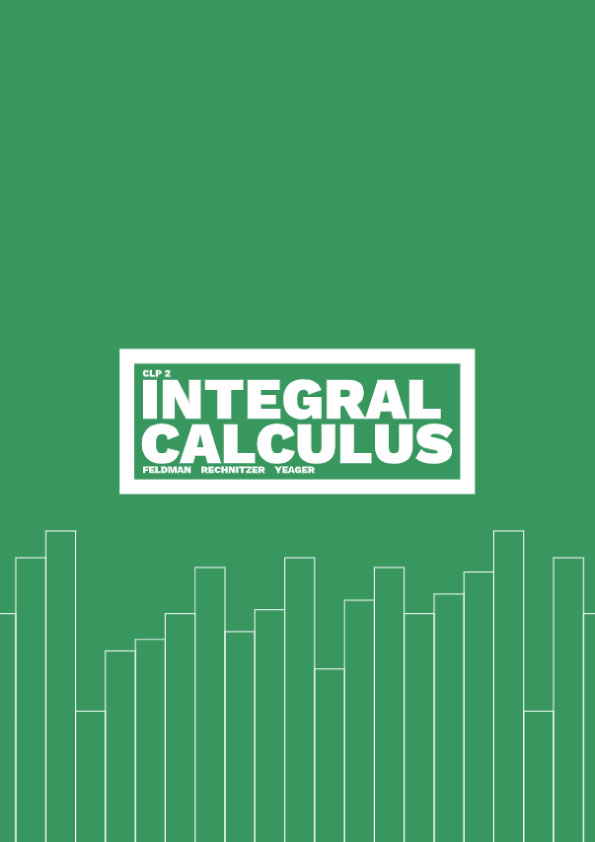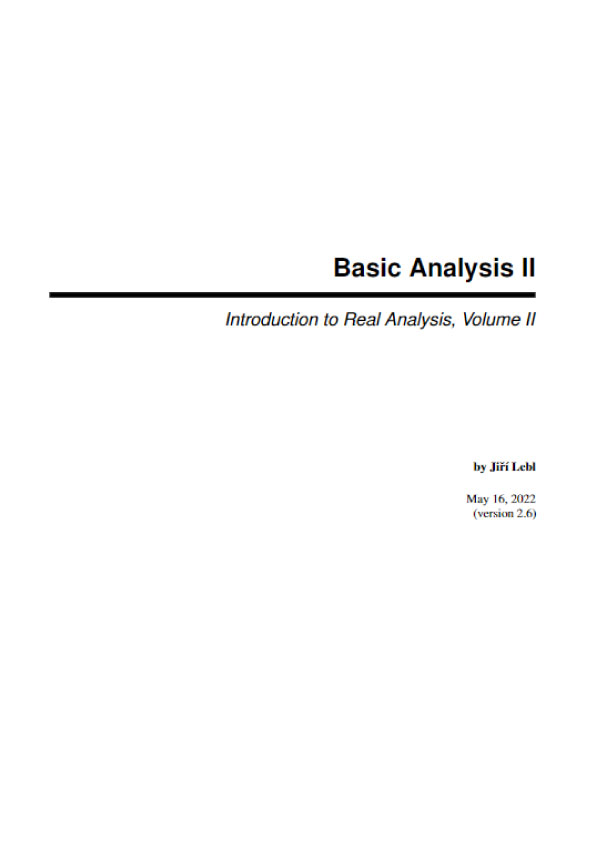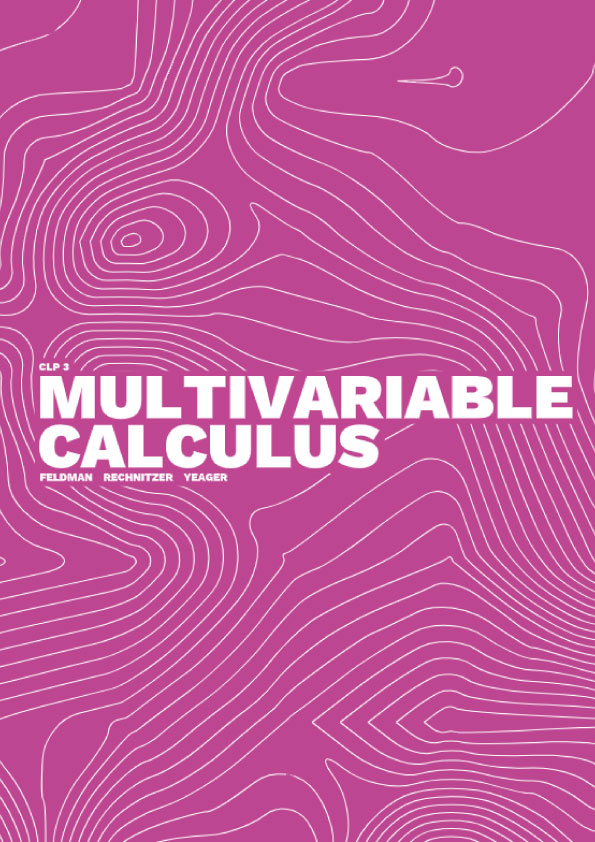Another version of Precalculus: Precalculus Version 3, Corrected Edition
0.1 Basic Set Theory and Interval Notation
0.1.1 Some Basic Set Theory Notions
Like all good Math books, we begin with a definition.
Definition 0.1. A set is a well-defined collection of objects which are called the ‘elements’ of the set. Here, ‘well-defined’ means that it is possible to determine if something belongs to the collection or not, without prejudice.
The collection of letters that make up the word “smolko” is well-defined and is a set, but the collection of the worst Math teachers in the world is not well-defined and therefore is not a set.1 In general, there are three ways to describe sets and those methods are listed below.
Ways to Describe Sets
- The Verbal Method: Use a sentence to define the set.
- The Roster Method: Begin with a left brace ‘{’, list each element of the set only once and then end with a right brace ‘}’.
- The Set-Builder Method: A combination of the verbal and roster methods using a “dummy variable” such as x .
For example, let S be the set described verbally as the set of letters that make up the word “smolko”. A roster description of S is {s, m, o, l , k}. Note that we listed ‘o’ only once, even though it appears twice in the word “smolko”. Also, the order of the elements doesn’t matter, so {k , l , m, o, s} is also a roster description of S. Moving right along, a set-builder description of S is: {x | x is a letter in the word “smolko”}. The way to read this is ‘The set of elements x such that x is a letter in the word “smolko”.’ In each of the above cases, we may use the familiar equals sign ‘=’ and write S = {s, m, o, l , k} or S = {x | x is a letter in the word “smolko”}. Notice that m is in S but many other letters, such as q, are not in S. We express these ideas of set inclusion and exclusion mathematically using the symbols m 2 S (read ‘m is in S’) and q /2 S (read ‘q is not in S’). More precisely, we have the following.
Definition 0.2. Let A be a set.
- If x is an element of A then we write x 2 A which is read ‘x is in A’.
- If x is not an element of A then we write x /2 A which is read ‘x is not in A’.
Now let’s consider the set C = {x | x is a consonant in the word “smolko”}. A roster description of C is C = {s, m, l , k}. Note that by construction, every element of C is also in S. We express this relationship by stating that the set C is a subset of the set S, which is written in symbols as C ✓ S. The more formal definition is given below.
Definition 0.3. Given sets A and B, we say that the set A is a subset of the set B and write ‘A ✓ B’ if every element in A is also an element of B.
Note that in our example above C ✓ S, but not vice-versa, since o 2 S but o /2 C. Additionally, the set of vowels V = {a, e, i , o, u}, while it does have an element in common with S, is not a subset of S. (As an added note, S is not a subset of V , either.) We could, however, build a set which contains both S and V as subsets by gathering all of the elements in both S and V together into a single set, say U = {s, m, o, l , k , a, e, i , u}. Then S ✓ U and V ✓ U. The set U we have built is called the union of the sets S and V and is denoted S [ V . Furthermore, S and V aren’t completely different sets since they both contain the letter ‘o.’ The intersection of two sets is the set of elements (if any) the two sets have in common. In this case, the intersection of S and V is {o}, written S \ V = {o}. We formalize these ideas below.
Definition 0.4. Suppose A and B are sets.
- The intersection of A and B is A \ B = {x | x 2 A and x 2 B}
- The union of A and B is A [ B = {x | x 2 A or x 2 B (or both)}
The key words in Definition 0.4 to focus on are the conjunctions: ‘intersection’ corresponds to ‘and’ meaning the elements have to be in both sets to be in the intersection, whereas ‘union’ corresponds to ‘or’ meaning the elements have to be in one set, or the other set (or both). In other words, to belong to the union of two sets an element must belong to at least one of them.
Returning to the sets C and V above, C [ V = {s, m, l , k , a, e, i , o, u}.2 When it comes to their intersection, however, we run into a bit of notational awkwardness since C and V have no elements in common. While we could write C \V = {}, this sort of thing happens often enough that we give the set with no elements a name.
Definition 0.5. The Empty Set ; is the set which contains no elements. That is, ; = {} = {x | x 6= x}.
As promised, the empty set is the set containing no elements since no matter what ‘x ’ is, ‘x = x .’ Like the number ‘0,’ the empty set plays a vital role in mathematics.3 We introduce it here more as a symbol of convenience as opposed to a contrivance.4 Using this new bit of notation, we have for the sets C and V above that C \V = ;. A nice way to visualize relationships between sets and set operations is to draw a Venn Diagram.
